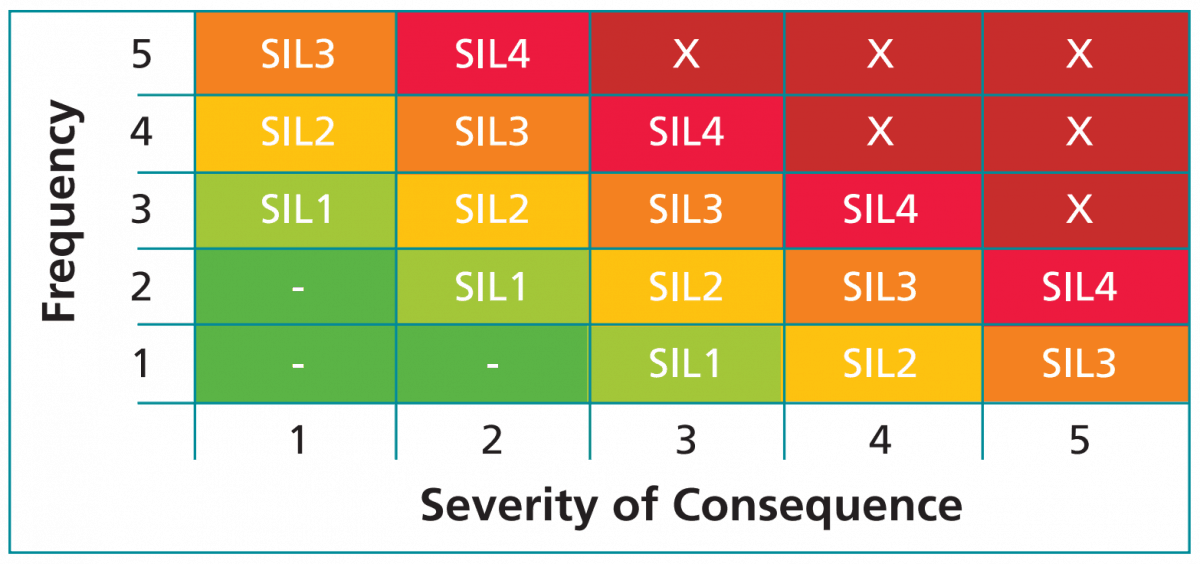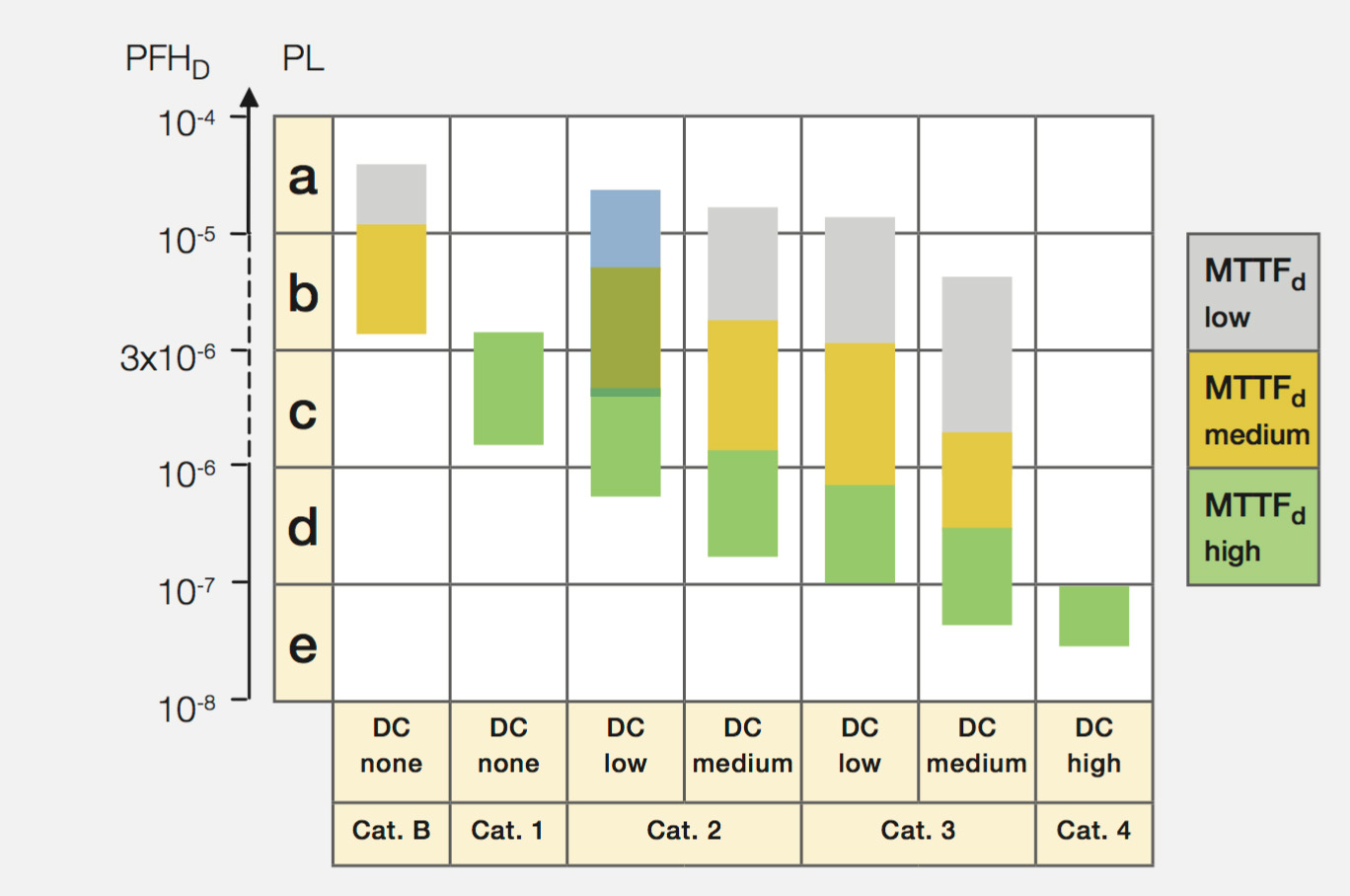I'm not an expert, but I do know SIL requirements do not allow any manufacturer to use their own interpretation of the specific requirements
Otherwise Bubba Mfg located in his brother's garage would be making SIL3 items for nuclear power plants
The issue is SIL is not a design element. It is an evaluation of risk and failure rates. Manufacturers define their own failure rates and risk for a device, so a SIL at the device level really means little, IMO. A good read, bit the below paragraph sums it fairly well.
"There is no such thing as an SIL-rated device or an SIL-rated control system. We don’t buy SIL-rated transmitters or SIL-rated control systems. Instead, we buy components with published failure rate values that are, therefore, “suitable for use in an SIL environment.”

Determine Safety Integrity Levels (SIL) For Process Applications
Determine Safety Integrity Levels (SIL) and quantify safety performance requirements for hazardous operations. Helping customers solve challenging applications since 1954 - Cross Company






